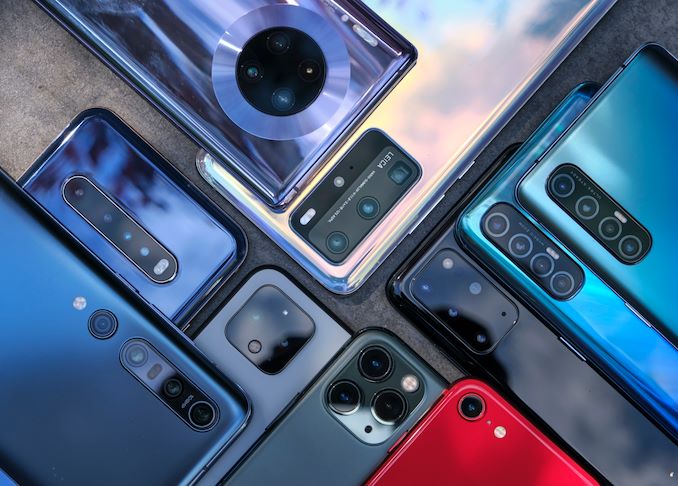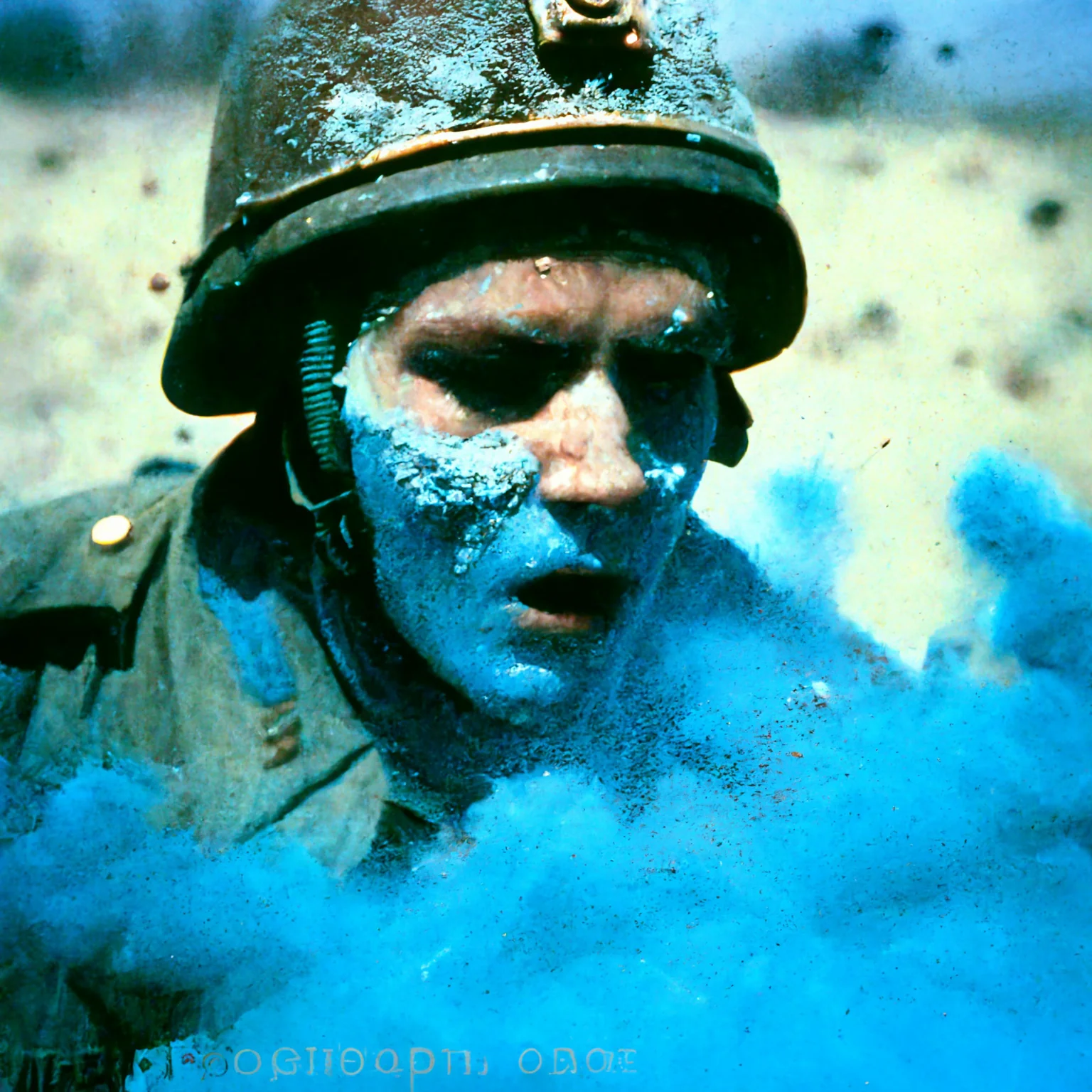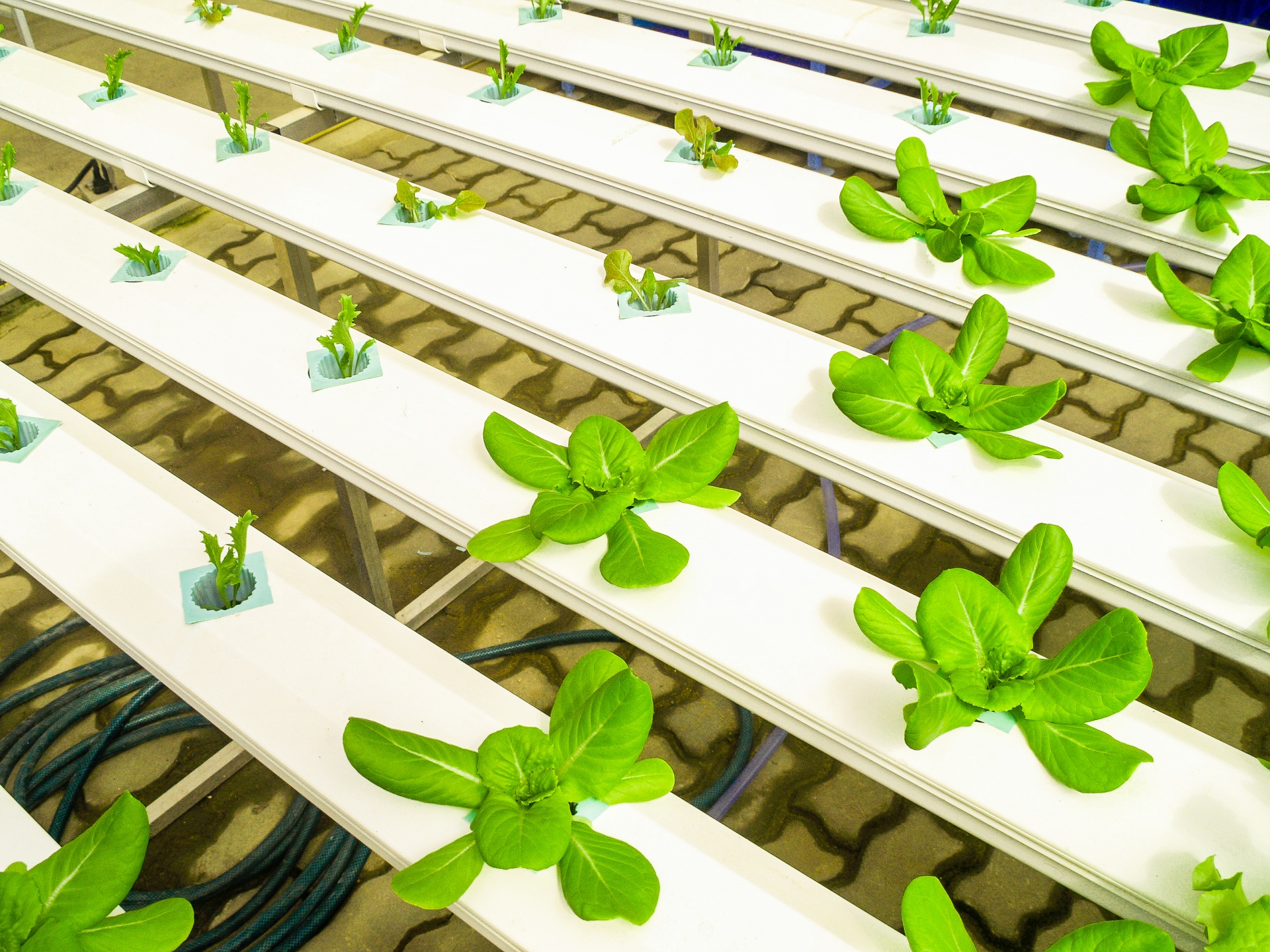For some time I have noticed one thing, the files are getting bigger and bigger, mainly images, since 4K, 8K and images with more than 30 megapixels are made, files are getting bigger and bigger, and that's a problem. Not because you can't handle it, but because these quality resolutions are not needed in everyday life and waste storage space, in the name of the technological mantra, bigger, better, further, higher....
But I am not the first to ask why more and more smartphones must have more than one camera

Source: Anandtech.com, no license known
So what's the point of adding more and more detail to photos that we take once and then look at a few months or years later? The problem here is not the fact that the files or images are getting bigger and bigger, but that you have less and less control over the resolution. While I could still set the camera resolution well and in detail on my first smartphone from Xiaomi, the Xiaomi Mi3, i.e. 640p, 720p, etc., I can only select the image quality on my current smartphone, the Xiaomi Redmi Note 9 Pro, between Low, Standard and High. Yeah, what kind of selection is that? Of course, I could look for alternative camera apps now, but honestly, who makes the effort in the end?
When selecting a quality level, you can roughly estimate what you have in terms of consumption, but with the smartphones you got your hands on in the last few years, something like that is getting more and more lost.
Recently a customer sent me a ZIP file with several images. 44 files, from 70 KB to 15 MB everything was there, with the average being 5 megabytes. And now we come to the problem, if you upload these images original, it takes a long time, with WordPress they are then still scaled, this is then in itself not the problem, consume these but sometimes still well like 1-2 MB. Which is too much to act only as a casual display. And now 10 or more such images are put on a web page, by someone who has no idea. The loading chaos is perfect, large files, long waiting times and data volume which dissolves into thin air.
On the one hand, the problem lies with the manufacturers, who still save the images in JPG/JPEG, instead of giving the user the freedom to decide which format he wants (it's not like I have a PRO device and I'm not a beginner).
To reduce such amounts of data, I have used other tools over the years, sometimes offline programs like FILEminimizer, FileOptimizer (which comes with a whole army of tools for compression), but also online tools like convertio.co, tinypng.com, my new favorite here is compressimage.iowhich I discovered at ProductHunt. By drag-and-drop images are compressed, you can then also select which quality level in percent, which image width and whether it should be compressed in WebP.
I always find WebP the best, because the quality remains good and the memory consumption is kept within limits. Especially images that are published on websites or social media, I find this format good. Recently, I also notice that more and more platforms, at least when I want to save images in the Chrome browser, that they are saved in JFIF format (JPEG File Interchange Format). The problem is, it's intrinsically just a JPG file in a different format/container, and you can just rename the file from xyz.jfif to xyz.jpg and it still works. So what this is supposed to do is not entirely conclusive to me personally at least.
A real underdog at the moment is still AVIF, this format can compress images even better, at the same time the loss of quality is not visible to the eye, compared to other formats/compressions.
Here is a very good Test with image comparisons.
If you want to play with the different compressions, you can do this with test squoosh.app.
However, the file/image size problem is not only with the smartphone or Android manufacturers who do not offer the file format option, but also with the websites. On LinkedIn you can only upload JPG/PNG images, neither AVIF nor WebP, and if you set an image in WebP format as an OpenGraph image to be loaded as a preview image on social platforms, it doesn't work and LinkedIn simply chooses another image that doesn't match the post image at all.
But not only the social platforms are the bottleneck here, also WordPress, the content management system that has a worldwide distribution of 64%, is partly responsible for this problem, so the system still does not allow WebP as an option for uploading by default, from AVIF not to mentionThese problems then cause that one prefers to stay with legacy formats like JPG/PNG, which definitely have a raison d'être, but due to the increasing demands for more quality, more and more swell and consume storage space, which one could save with newer formats.
But not only image files have become bigger, also office files like Word, Powerpoint, Excel have become bigger:
The problem of images can also be seen in this diagram, which unfortunately only shows a section from 2011-2015, so a large part of the last 20 years is missing, but it is clearly visible that the size of the website is increasing, mainly due to the increasing number of images and the increasing file size of the images. And this is not only about the memory consumption but also about the data traffic, which also requires more and more computing power and energy for data transfer due to ever larger images.
What do you think? Do you agree with me or do you have your own thesis or thoughts on the subject.
Image via mobiForge






